National Park: Encountering Nature’s Finest in Wildlife Wonders
Exploring the magnificence of our natural world and the rich diversity of life it harbors is a journey best embarked upon within the safe havens known as national park. These precious expanses of untouched landscapes serve as vital guardians. They preserve fragile ecosystems and create a safe haven for an extensive variety of remarkable wildlife.
From grandiose beings that command attention to the mysterious inhabitants that shy away from sight, these national parks serve as portals into the enchanting realm of the animal kingdom. Discover 10 of the most astonishing national parks worldwide, each celebrated for its enchanting wildlife encounters.

1. Yellowstone National Park, USA:
Established on March 1, 1872, Yellowstone National Park stands as the pioneering national park, inviting all to bask in its exceptional hydrothermal and geologic marvels. Encompassing a sprawling 2.2 million acres, the park offers an unparalleled opportunity to witness wildlife thriving in an unspoiled ecosystem. It beckons visitors to explore geothermal realms approximately half of the world’s active geysers. It also has captivating geologic spectacles like the awe-inspiring Grand Canyon of the Yellowstone River. Within its borders, a symphony of life unfolds, featuring grizzly bears, wolves, bison, and elk, engaged in the age-old dance of predator and prey. Against the backdrop of ethereal geysers and bubbling hot springs, these remarkable animal encounters create a truly otherworldly experience.

2. Serengeti National Park, Tanzania:
Serengeti National Park, located in Tanzania, is renowned for its abundant wildlife and the spectacular great wildebeest migration. Encompassing a vast expanse of 14,763 square miles, the Serengeti extends northward into Kenya and is bordered by Lake Victoria to the west. This park boasts the highest concentration of large mammals on Earth. This includes an impressive population of 2,500 lions – the largest concentration found anywhere. Additionally, over 518 identified bird species inhabit the area, including Eurasian migrants present during the European winter months from October to April.

3. Galápagos National Park, Ecuador:
Established in 1959, the Galápagos National Park stands as the oldest of its kind in Ecuador and all of South America. This pristine park boasts a landscape forged by ancient lava flows, adorned with captivating cactus forests. Its topography is a marvel, ranging from lush and dense greenery to bays where sparkling waters embrace surreal beaches. The park provides an array of activities, including hiking trails that wind through captivating terrains, as well as opportunities for snorkeling and scuba diving for those who seek exhilarating adventures. Inhabiting these remote islands are extraordinary species such as the Galápagos giant tortoises and the iconic blue-footed boobies. These are creatures that played a pivotal role in inspiring Charles Darwin’s groundbreaking theory of natural selection.
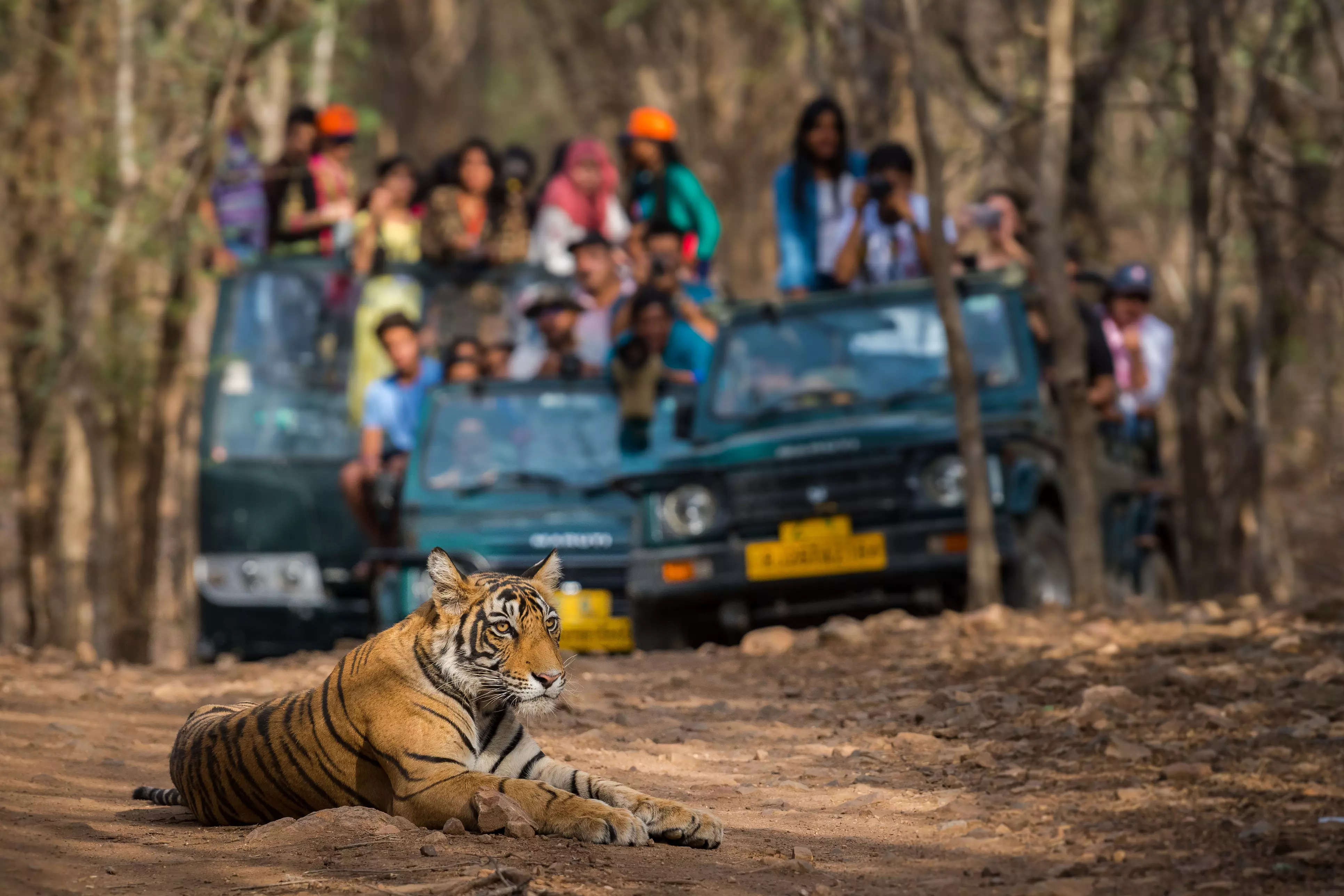
4. Ranthambore National Park, India:
Located just 14 kilometers from Sawai Madhopur district and approximately 180 kilometers from Jaipur in southeastern Rajasthan, Ranthambore National Park stands as one of northern India’s largest national parks. It is renowned for being a prime destination to witness the awe-inspiring Indian Tiger in its natural habitat. Ranthambore offers an unparalleled opportunity to experience the wild side of the Indian subcontinent.
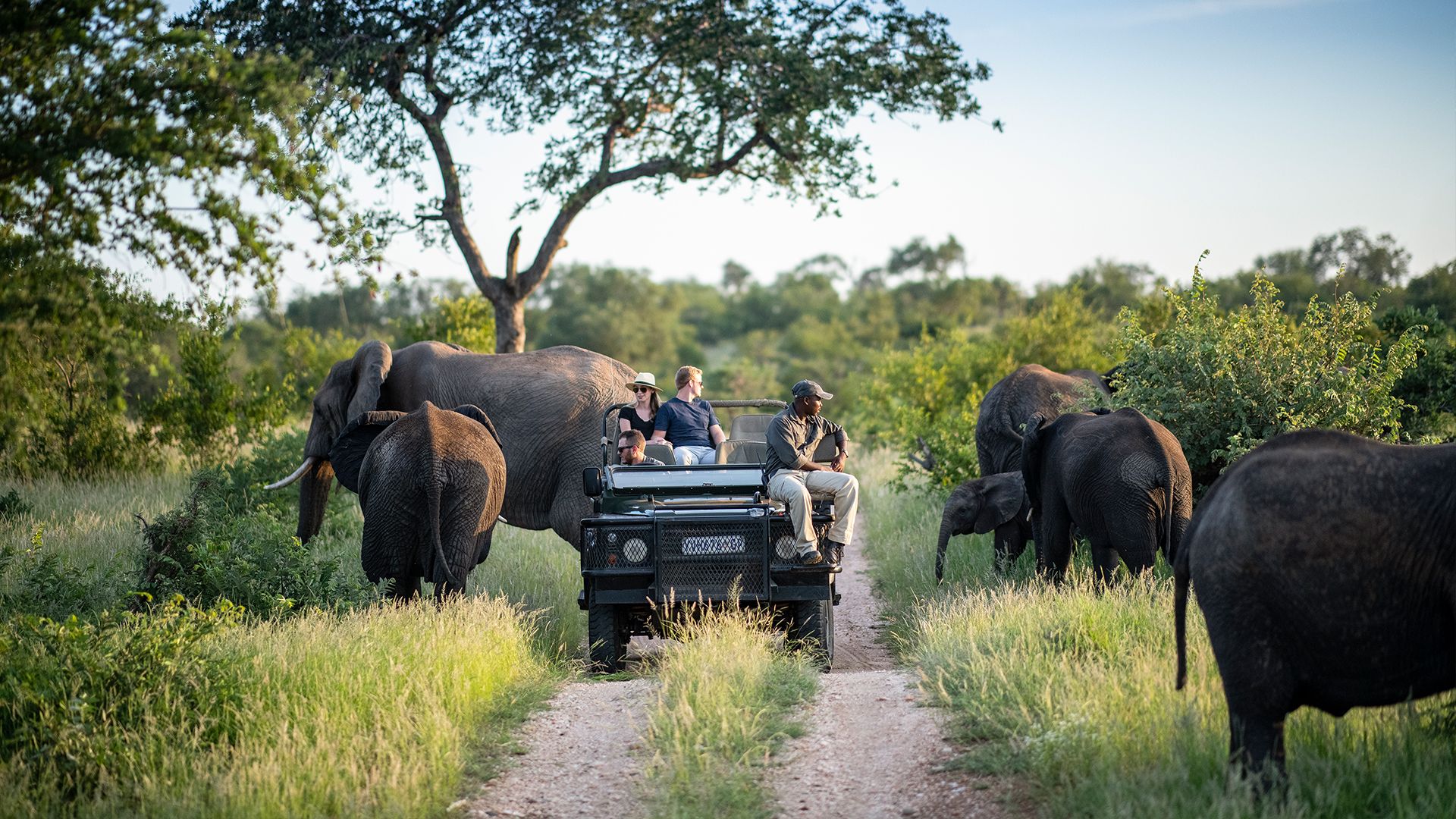
5. Kruger National Park, South Africa:
As the largest game reserve in South Africa, Kruger National Park is synonymous with the thrill of a safari adventure. This park stands as a beacon of the nation’s wildlife heritage, boasting a rich tapestry of biodiversity. With an impressive array of features including over 500 bird species, nearly 150 mammals, 100 reptiles, and an abundance of trees and flowers, Kruger is undeniably the crown jewel among national parks. Its vast landscapes serve as a canvas for nature enthusiasts to witness the mesmerizing drama of the “Big Five” – lion, elephant, buffalo, leopard, and rhinoceros – as they assert their dominance on the savannah stage.
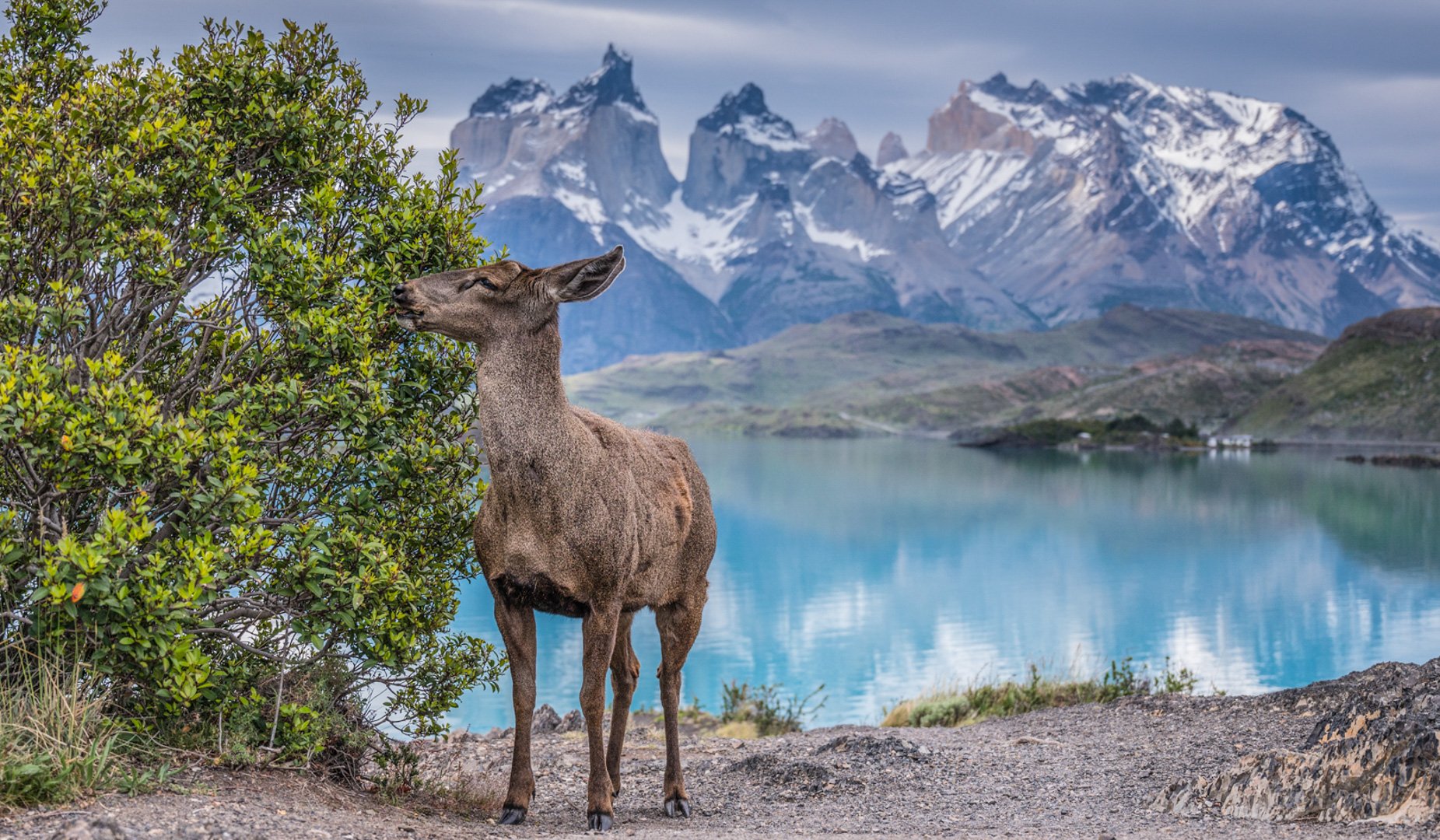
6. Torres del Paine National Park, Chile:
Renowned as a hikers’ paradise, the Torres del Paine National Park in Chile boasts iconic multi-day trails like the W Circuit and O Circuit. This Southern Chilean region has emerged as a prime destination to encounter wild pumas in their natural habitat. With an increasing population and their remarkable acclimatization to human presence, visitors now have a promising opportunity to catch a glimpse of these elusive creatures within the park.
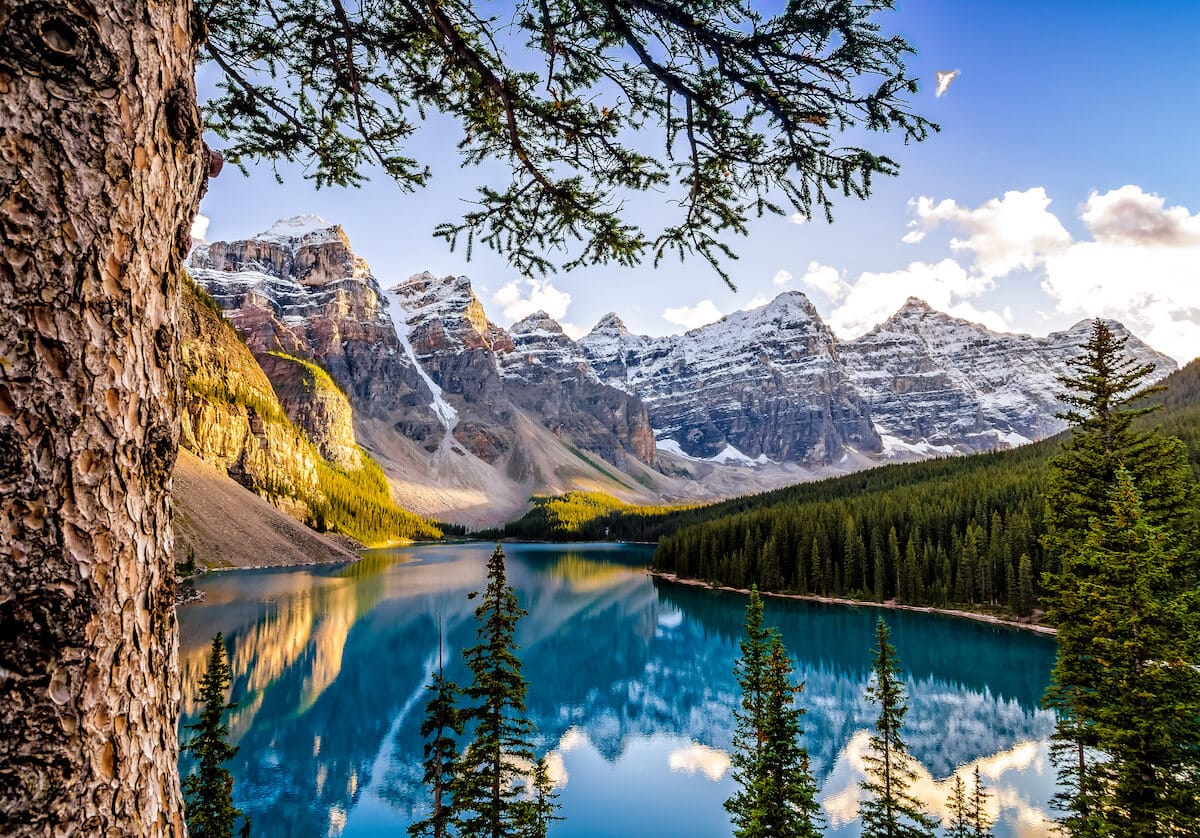
7. Banff National Park, Canada:
Banff National Park, located in southwestern Alberta, Canada, holds a remarkable history. Established as a natural reserve in 1885 and later designated as Canada’s first national park in 1887, it resides gracefully on the eastern slopes of the majestic Rocky Mountains. This pristine expanse encompasses a rich tapestry of natural wonders. This includes mineral springs, expansive ice fields, and breathtaking glacial lakes, most notably the iconic Lake Louise. The park’s landscape showcases towering mountain ranges juxtaposed against serene alpine settings. It offers a glimpse of grizzly bears, mountain goats, and elk against this awe-inspiring backdrop. Banff National Park is not merely a destination; it’s a realm where nature’s magnificence and human fascination unite in perfect harmony.
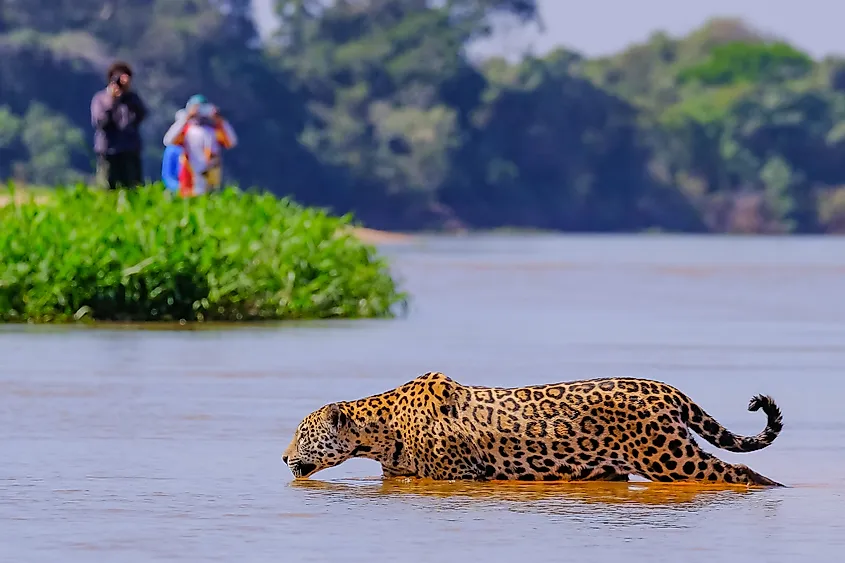
8. Pantanal Matogrossense Park, Brazil:
The Pantanal Matogrossense National Park in Brazil is a UNESCO World Natural Heritage Site. It boasts the title of hosting the world’s largest parrot, the hyacinth macaw, and houses an astonishing 10 million caimans. It is the world’s largest concentration of crocodiles. This renowned wetland not only holds the distinction of being the largest tropical wetland but also accounts for 3% of the global wetland area. This vast and unique ecosystem, where land and water coexist, serves as a haven for bird enthusiasts and wildlife observers. Within its borders, captivating creatures like capybaras, jaguars, and caimans thrive, creating a remarkable tapestry of life.
:max_bytes(150000):strip_icc()/GettyImages-901020566-5b177687a9d4f90038b224c8.jpg)
9. Chobe Park, Botswana
Chobe National Park, located along the Chobe River, is a haven of natural wonders in Botswana. The Chobe Linyanti System encompasses both the Linyanti River in the north and the Chobe National Park in the east. Encompassing 11,700 square kilometers, it ranks as the country’s third-largest park, following the Central Kalahari Game Reserve and the Gemsbok National Park. Chobe National Park is renowned for its majestic elephant herds that often gather along the water’s edge. The park’s floodplains and woodlands play host to a rich tapestry of wildlife. Lions, hippos, and a diverse array of bird species thrive in this captivating ecosystem. A river cruise offers an intimate glimpse into the animals’ authentic behaviors and interactions, adding to the park’s allure.

10. Great Barrier Reef Marine Park, Australia
The Great Barrier Reef Marine Park in Australia stands as a captivating testament to nature’s diverse and captivating wonders. Situated on the north-east coast, it boasts the world’s largest assortment of coral reefs. It houses an impressive 400 coral types, 1,500 fish species, and 4,000 mollusc varieties. Beyond its stunning beauty, the park holds profound scientific significance. It serves as a vital habitat for endangered species like the dugong and the majestic green turtle.
In conclusion, Whether you’re drawn to the majestic tigers of Ranthambore, the enchanting underwater realm of the Great Barrier Reef, or the rugged allure of Patagonia’s Torres del Paine, these national parks offer us more than just an escape from our daily routines. They offer us a chance to connect with our primal roots. So, as you contemplate your next travel destination or embark on your own journey to witness the wonders of nature, play your part in ensuring that these national parks remain havens of life for generations to come.





3 Comments